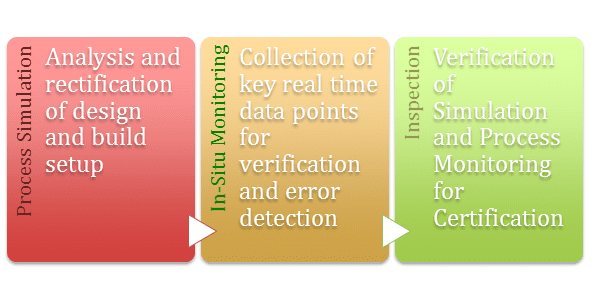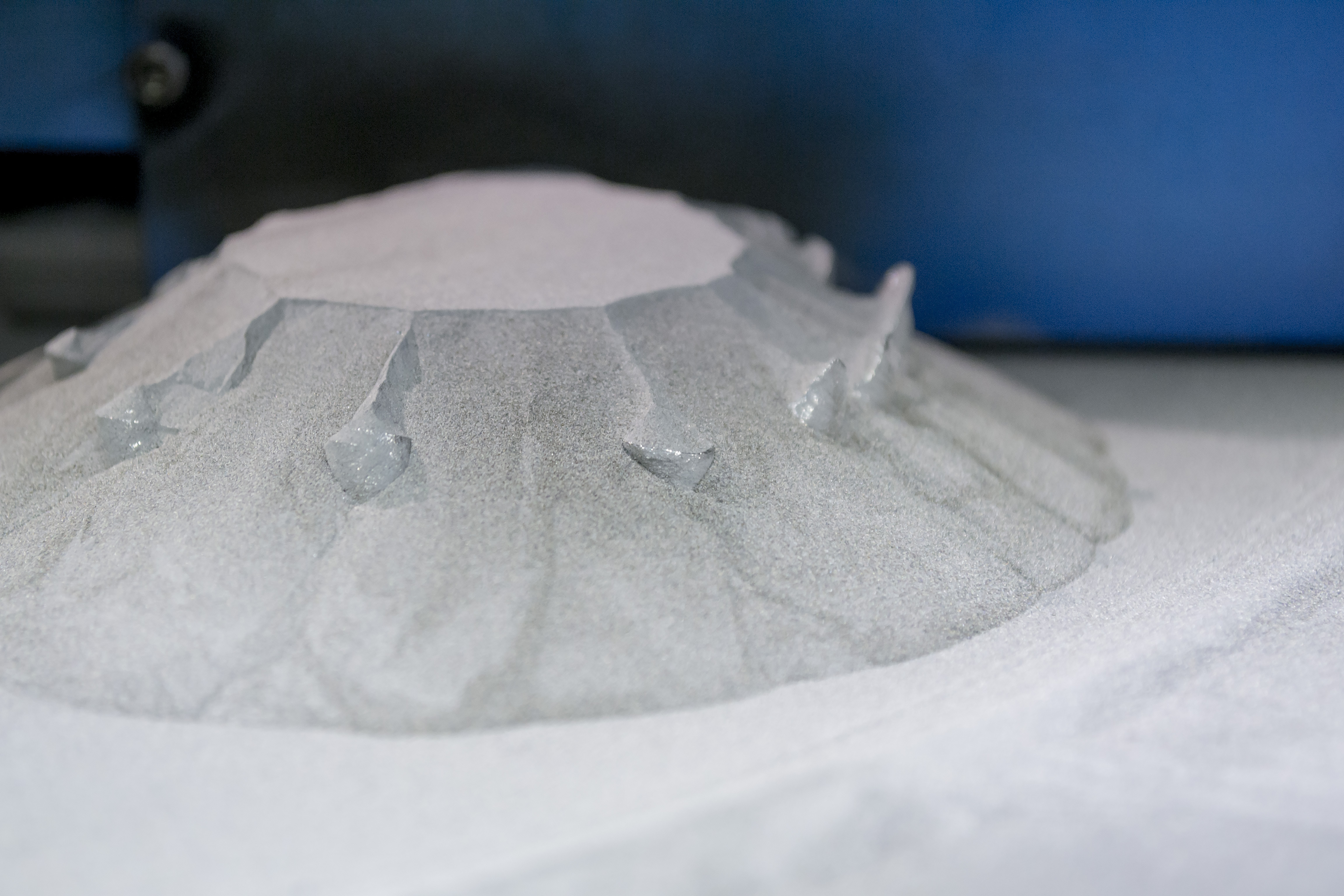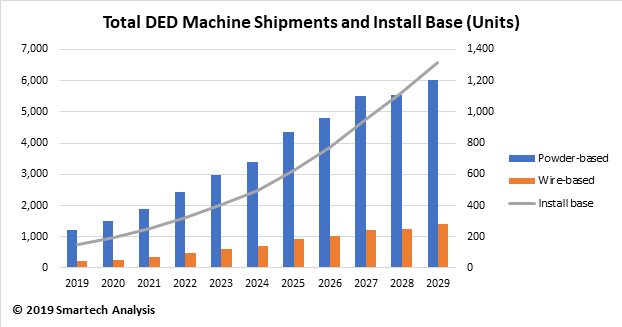This blog is a continuation of a multi-part blog series, following up the previous installment titled The Role of 3D Printing Software in Realizing the Dream of Advanced Digital Manufacturing. If you haven’t checked out that one yet, do yourself a favor and go read it. It will put into context the basis for this piece, which is a quick discussion of very important (and emerging) area of 3D printing software for the future.
If you’ve been paying attention to the 3D printing software space in the last year or two, you’ve probably noticed a whole lot of talk related to ‘simulation’ software tools. Although a lot of the work that has laid the foundation for several early commercial projects now on the market for additive simulation have been under development for a number of years, chatter about this corner of the software market with regards to 3D printing might seem like it’s come out of nowhere. Manufacturing simulation software tools aren’t anything new –the concept of simulating various elements of the design and manufacturing process of parts has been around for many years. Why all of the recent attention from this community of manufacturing software developers on additive?
The answer, as you can guess, is probably somewhat more complex than what I’m about to offer, but for the sake of simplicity, there are likely two primary reasons.
First, metal additive manufacturing technologies have become significantly more adopted in the arena of high value, complex, production parts within the last three years thanks primarily to the aerospace industry. With a few well known components now in various stages of implementation and production in this area, other industries are quickly beginning to scale up as well. This has naturally moved the process into the sights of worldwide CADCAM and PLM software giants, whom already provide a number of simulation based software tools to manufacturing clients.
The other, more important reason follows the theme of this blog series laid out in the last installment, which is the theory that additive manufacturing or 3D printing is the digital manufacturing process of the future. This means that, though other methods of manufacturing can indeed be included as a digitized process today, additive processes posses the greatest potential to realize the true benefits of digital manufacturing overall.
So, what’s the big deal with additive manufacturing simulation software? Well, let’s dive just a little bit deeper and explore some more themes from SmarTech’s latest market research report on 3D printing software. Simulation software is a big focus for 3D printing software development for two big reasons.
The first one is a bit obvious at this point, and is best demonstrated in the area of metal additive manufacturing –and especially metal powder bed fusion. In fact, there are about a half dozen tools currently in some form of early commercial development which are focusing primarily on simulating this process.
This is because the current standard of use for metal powder bed fusion technology comes with a number of complex technical challenges that usually end up resulting in extra time and costs, reducing the benefits of AM –sometimes considerably. Failed builds using metal powder bed fusion result from a lack of visibility between design changes or build set-up through to the actual building of the part. Without a way to simulate the additive process, engineers make design changes essentially blind to the potential for the design or set-up decisions they make to make the build fail –resulting in huge delays and cost increases. Of course, there is a correction for this which certain companies in the industry are now becoming quite good at –experience through trial and error (and again, lots of wasted money and slow implementation).
Today’s tools seek to give users of metal additive manufacturing a way to gain insight on their design and build set up strategies and decisions in order to reduce or eliminate potential failures, before the manufacturing or printing even begins. This is important because it removes the barrier of process specific experience that is currently required and limiting adoption of additive manufacturing technologies to a select few organizations.
This primary reason is the path to fast adoption of such software tools, and one of the reasons we see AM process simulation software growing from less than $5M part of the chain today, to nearly a $170M portion of the 3D printing software market by 2027. But that figure actually doesn’t speak to the second second area of integration for simulation-based software technologies in AM’s future –one that has perhaps even larger implications.
One of the reasons we believe additive manufacturing/3D printing is the digital manufacturing technology is because today’s additive processes have the greatest potential for digital control compared to incumbent subtractive technologies. Not only is the actual geometric shape of the part being formed under digital control, but the actual material properties of the part are also being formed digitally in the same process. Material properties in AM can be influenced both by geometry through complex designs only possible through AM, and also through microstructural control as the material itself is fused, melted, or otherwise distributed in a volume of space.
Because of the potential to control the entirety of the manufacturing process in a digital manner (rather than just the shaping of the part), simulation tools can potentially realize even greater benefits than ever before. It can be leveraged during the design process to automate and inform engineers intelligently, while providing a means of “digital certification” for parts. On the back end, it can be paired with emerging in-situ process monitoring capabilities of additive machines to confirm the expected simulated outcomes with real time build data. The latter two components can be finally combined with digital inspection software to form a concept that we call the ‘AM Quality Assurance Continuum’ powered by software, visualized below.

Clearly, additive process simulation is a big deal for the future of AM. In the next and final installment of this series, we explore the final piece of the concept for The Role of 3D Printing Software in Realizing the Dream of Advanced Digital Manufacturing –how 3D printing and process simulation software combine to enable the future of generative design and digital manufacturing.




